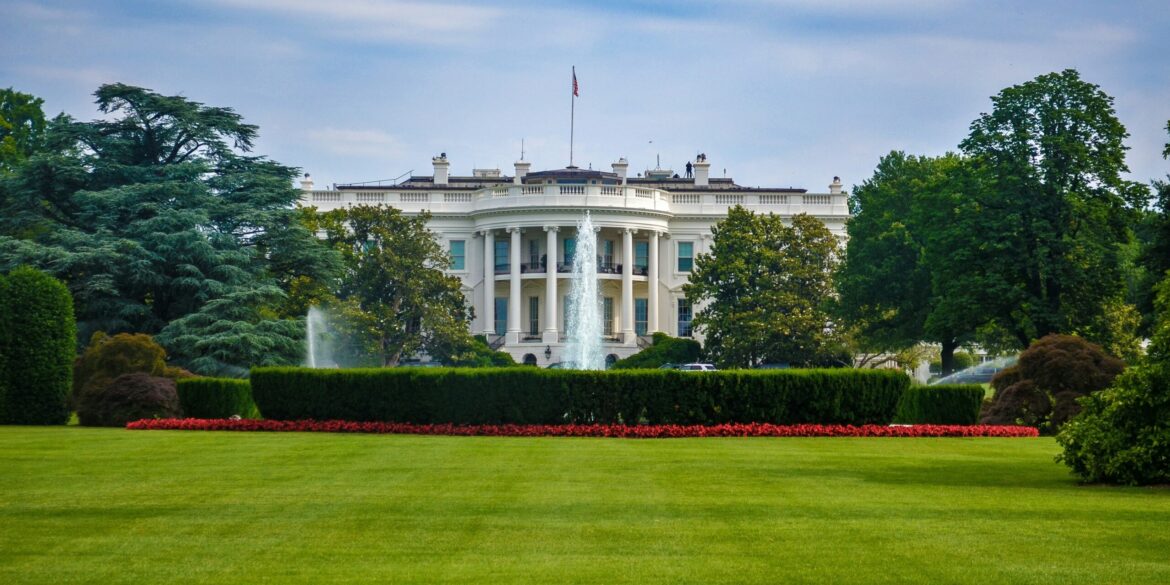On July 23, 2025, the Trump administration released a bold new artificial intelligence strategy titled “Winning the AI Race,” marking a decisive shift from the restrictive export policies of the Biden era toward a more aggressive, innovation-driven agenda. Announced at a high-profile summit in Washington, D.C.—organized by the All‑In podcast and the Hill & Valley Forum and featuring President Trump as keynote speaker—the blueprint outlines a sweeping overhaul of federal AI policy.
Central to the plan is the relaxation of both export controls and domestic restrictions. In a departure from the prior “high fence” approach, the administration commits to expanding exports of U.S. AI technologies, including advanced semiconductor chips, to strengthen international competitiveness—especially in the ongoing technological rivalry with China. The blueprint also emphasizes support for open-source models, proposing that developers make their AI weights publicly accessible for widespread adaptation and innovation.
The strategy includes measures to accelerate construction of large-scale data centers by streamlining federal permitting processes and offering federal lands for development. It also calls for coordination with the Federal Communications Commission to resolve overlapping state regulations, aiming to prevent restrictive state-level AI rules from hindering growth—federal funding could be withheld from states with onerous regulations.
This policy shift builds on Executive Order 14179—Removing Barriers to American Leadership in Artificial Intelligence—signed in January 2025, which rescinded Biden-era AI safety mandates and tasked agencies with formulating the AI action plan. Since then, the administration has sought extensive input on AI regulation, receiving over 10,000 public comments and maintaining a deregulatory course that prioritizes innovation over restraint.
President Trump, speaking at the event, underscored the high stakes of the initiative within global geopolitics, stating, “America is going to win the AI race… we’re going to work hard and we’re going to win it”. He characterized AI leadership as critical to national security, economic strength, and future jobs, exacerbating pressure on rival nations—particularly China—where U.S. actions will influence the international chessboard of artificial intelligence supremacy.
Industry leaders and tech investors in Silicon Valley welcomed the plan’s deregulatory bent. Many see the move as aligning with their goals of rapid AI expansion and infrastructure development. Private sector commitments have already begun to emerge: at a related business forum earlier this month, over $100 billion in energy and AI-related investments were announced—efforts spearheaded by figures like tech adviser David Sacks.
However, the expansive strategy has not been without controversy. Critics caution that unfettered access to open-weight AI models and relaxed oversight could amplify misuse risks. Civil society organizations voice concern that deregulation may prioritize corporate interests over public safety, echoing warnings that the plan “was written by and for tech billionaires, and will not serve the interests of the broader public”. Similarly, Chinese analysts have denounced the strategy as “technological bullying,” framing it as a calculated effort to maintain U.S. hegemony in AI by restricting China’s access to advanced capabilities.
The blueprint is far-reaching, with over 90 federal actions outlined for rollout within the next year, spanning export control reforms, energy infrastructure expansion, and federal-state regulatory harmonization. Among its notable directives is the Commerce Department’s mandate to scrutinize Chinese AI systems for alignment with Communist Party narratives—echoing national security concerns.
The framework also stresses energy availability to power AI data centers. Reports indicate forthcoming executive actions to ease grid connections and allocate federal lands to support large-scale data center construction—tactics deemed essential as AI workloads fuel historic spikes in electricity demand.
While aimed at reinvigorating U.S. AI leadership, the blueprint raises several critical policy questions. Will the approach sufficiently address growing ethical, privacy, and safety challenges inherent in AI development? And how will Congress and state governments respond to the aggressive deregulation proposed? Legislation such as the CREATE AI Act and bipartisan deepfake prohibition bills remain under consideration and may shape the federal-state regulatory balance.
As the plan officially takes effect, the administration signals its intention to continue issuing executive orders throughout July, including measures targeting “woke” or ideologically biased AI models. High-ranking officials—including Secretary of State Marco Rubio and National Economic Adviser Kevin Hassett—are expected to contribute to further policy announcements.
In context, this AI blueprint represents a distinctive turn in U.S. technology policy: it doubles down on deregulation, infrastructure investment, and decisive executive action. While it may catalyze private-sector innovation, the full implications—ranging from regulatory coherence to geopolitical fallout—will likely unfold in the year ahead as implementation reverses course on prior caution and aims to steer America to the forefront of the global AI race.

